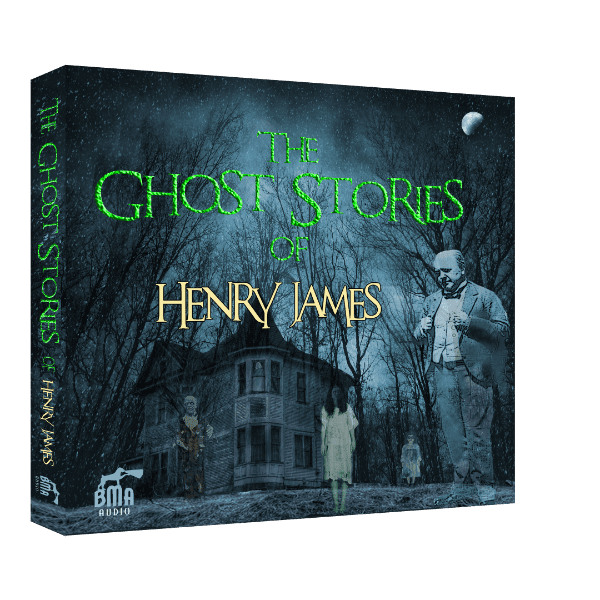

All three were essentially satires of the Gothic genre, and none were meant to be taken seriously. Ghost stories began to enter the scholarly realm in 1820 when Washington Irving published “The Legend of Sleepy Hollow,” “The Spectre Bridegroom,” and “Rip Van Winkle” in The Sketch-Book of Geoffrey Crayon, Gent. Many commentators have also noticed the undeniable influence of Charlotte Brontë’s Jane Eyre, which also features a poor governess who is taken on to tend to the ward of a single, childless, eccentric aristocrat who at first seems smitten with high-society women, but ultimately makes the “right” choice and turns to his “poor Jane” for comfort and love. The governess certainly seems – at some points – to imagine herself in one of “Monk” Lewis’ bodice-busting, Gothic novels about terrifying ghosts, lust-crazed nobles, and positively pure virgin maids. Lewis, and Hugh Walpole were the major authors) frequently featured innocent virgins or children who were taken to frightful, lonesome castles which housed a series of vulgar temptations (usually their lustful, aristocratic, male owners), supernatural terrors, and moral lessons. We may with great confidence wonder if this is the governess speaking, or James himself, who – for all his realist credentials, harbored a lurid taste for the romantic and Gothic. Benson – the Archbishop – recognized the distress in his friend’s demeanor, and tried to relieve his malaise with light banter, but the morose atmosphere was impenetrable, and their conversation turned to ghosts and the afterlife.

One writer calls it “the great professional trauma of James’ life.” Speechless with embarrassment, his mind went to grave places, and he only accepted an invitation to return to the Archbishop of Canterbury’s rural residence for tea and warmth. James had suffered a staggering humiliation when one night he attended the opening of one of his plays, Guy Domville, which failed hideously. Mary Shelley and Robert Louis Stevenson were both inspired by horrifying nightmares, but – typical of Henry James – the writer of the ultimate literary ghost story was motivated by a polite conversation over a crackling fire. Like the other exemplars of the five respective genres of literary horror (Frankenstein, Dracula, Jekyll and Hyde, Haunting of Hill House), “The Turn of the Screw” has a fascinating genesis.


 0 kommentar(er)
0 kommentar(er)
